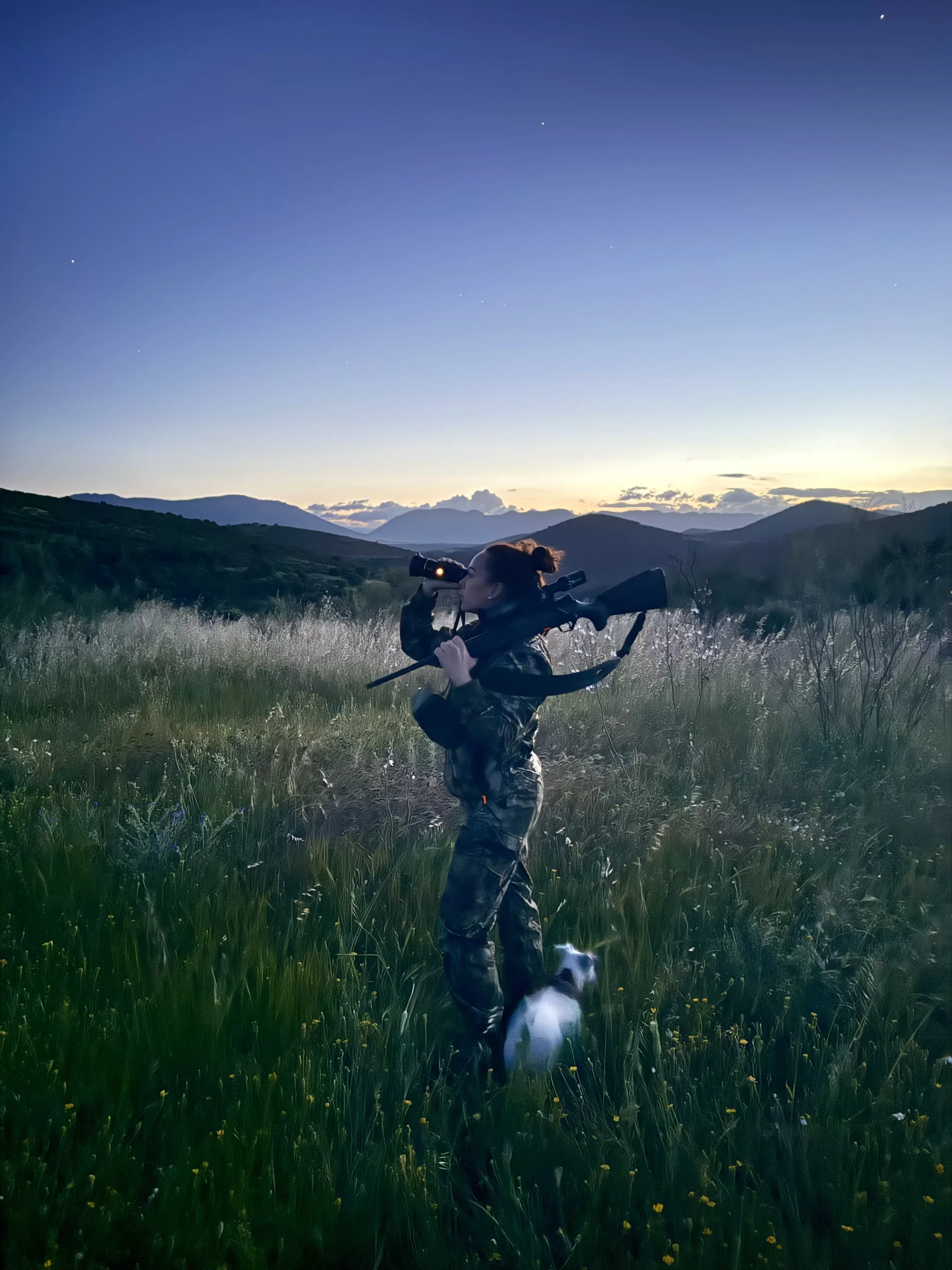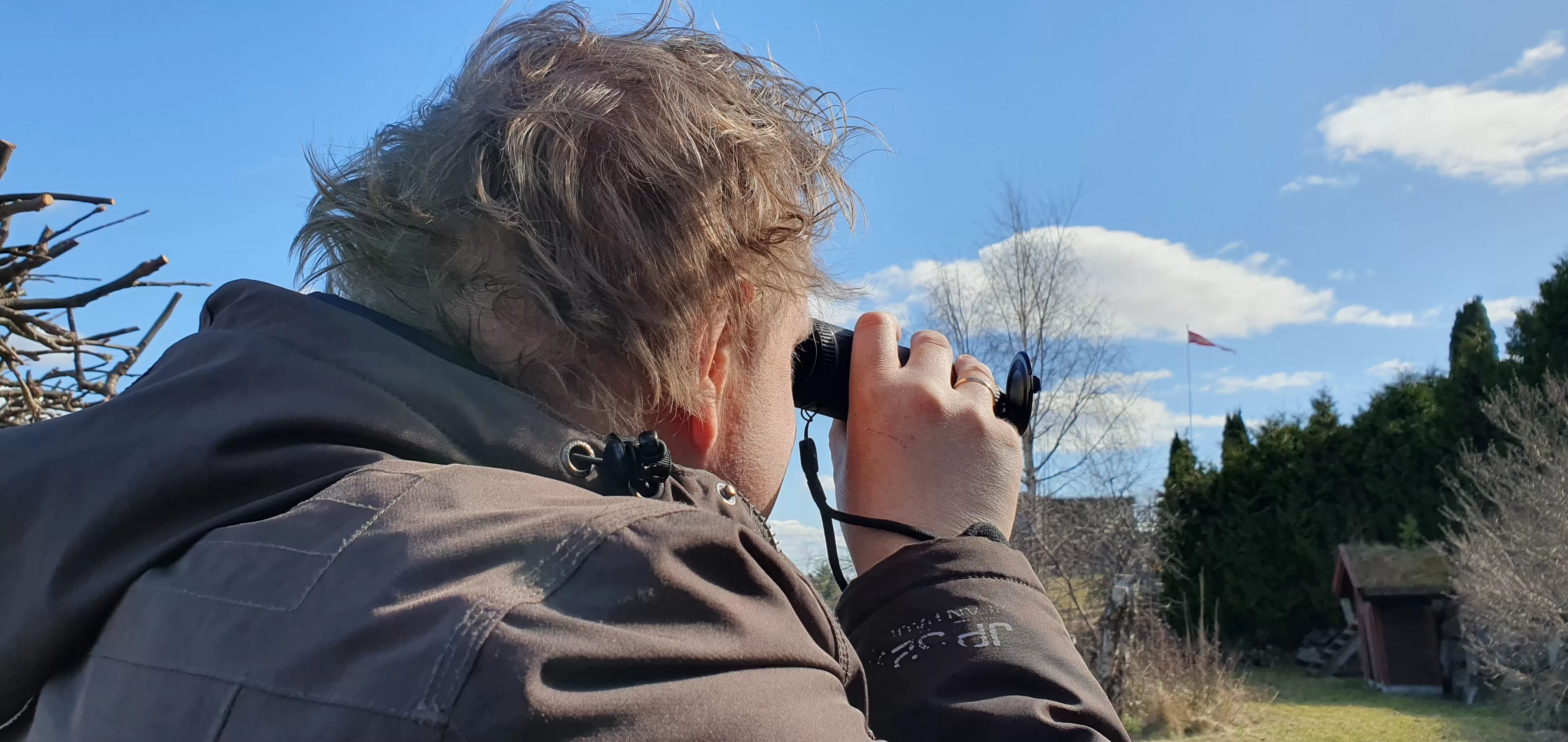
How Pixfra Thermal Monocular Transformed My Hunting Experience in Spain
There’s something magical about the stillness of a hunting night—the anticipation, the connection with nature, and the heightened senses that come with waiting patiently in the darkness. As an avid huntress specializing in big game hunting across Spain’s diverse terrains, I’ve experienced countless memorable moments in the wild. However, one particular evening stands out from all others, forever changing my perspective on modern hunting technology. After several uneventful hours during a wild boar wait, the forest seemed empty and silent. The cool night air carried no sounds of movement, and I began to wonder if my patience would go unrewarded. Almost as an afterthought, I raised my Pixfra Sirius thermal monocular to scan the surroundings—and what I discovered sent a jolt of adrenaline through my entire body. The thermal screen revealed what my human senses had completely missed: a group of wild boars had silently positioned themselves directly behind me. They had approached with such stealth that not a single twig snap or rustling leaf had betrayed their presence. Without the thermal technology, I would have remained completely unaware of their remarkable infiltration. Bridging Traditional Skills with Modern Thermal Technology For generations, hunting has been about honing natural instincts and traditional skills passed down through families and communities. While these fundamentals remain irreplaceable, today’s hunting landscape is evolving with technology that complements rather than replaces these ancestral abilities. The thermal monocular has become an extension of my senses rather than a substitute for them. It respects the tradition while acknowledging that even the most experienced hunters face limitations in what human perception can detect—especially in challenging environments or low-light conditions. According to a 2024 European Hunting Association survey, more than 78% of professional hunters now incorporate some form of thermal technology into their hunting practices, with most reporting significant improvements




